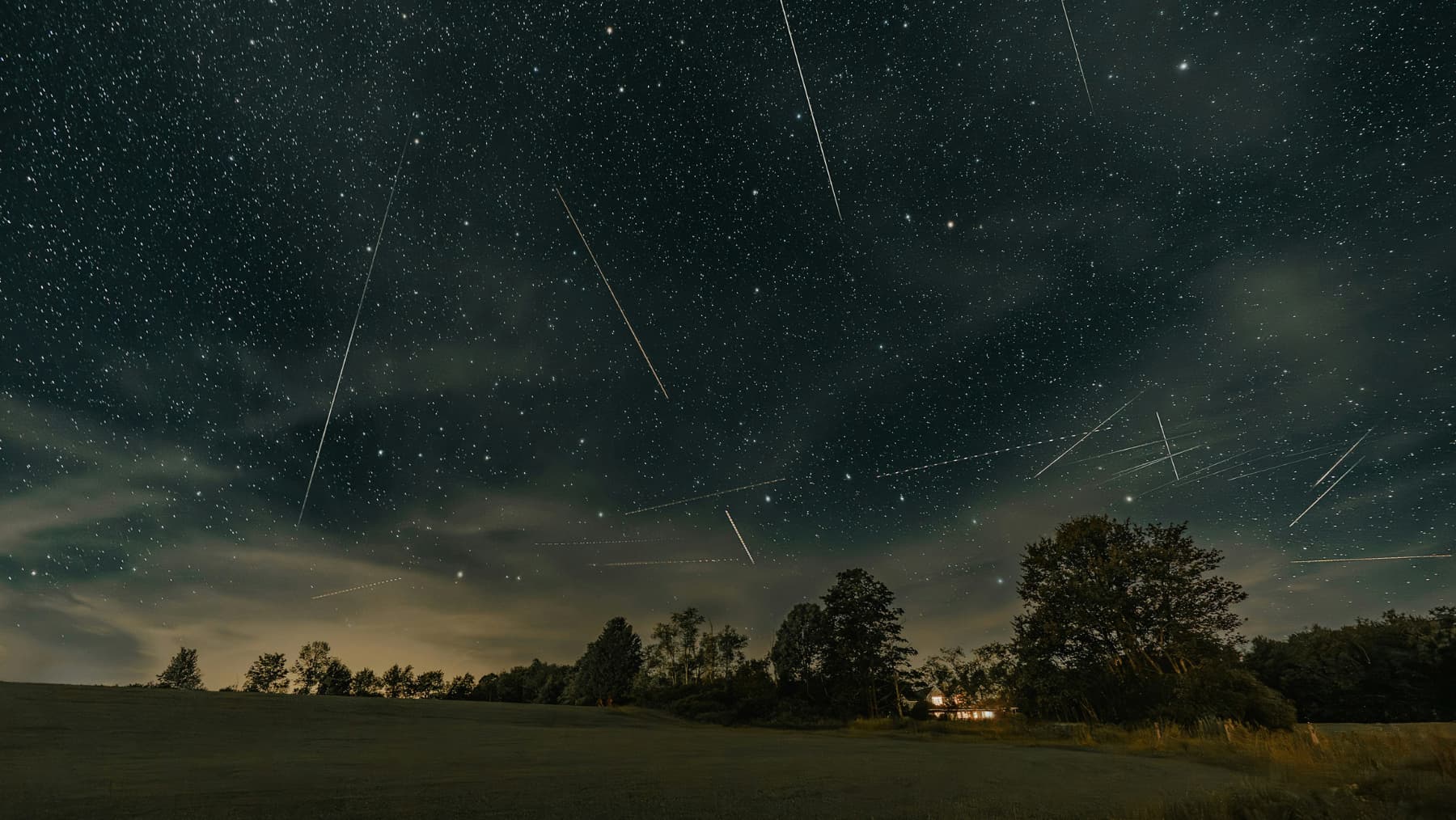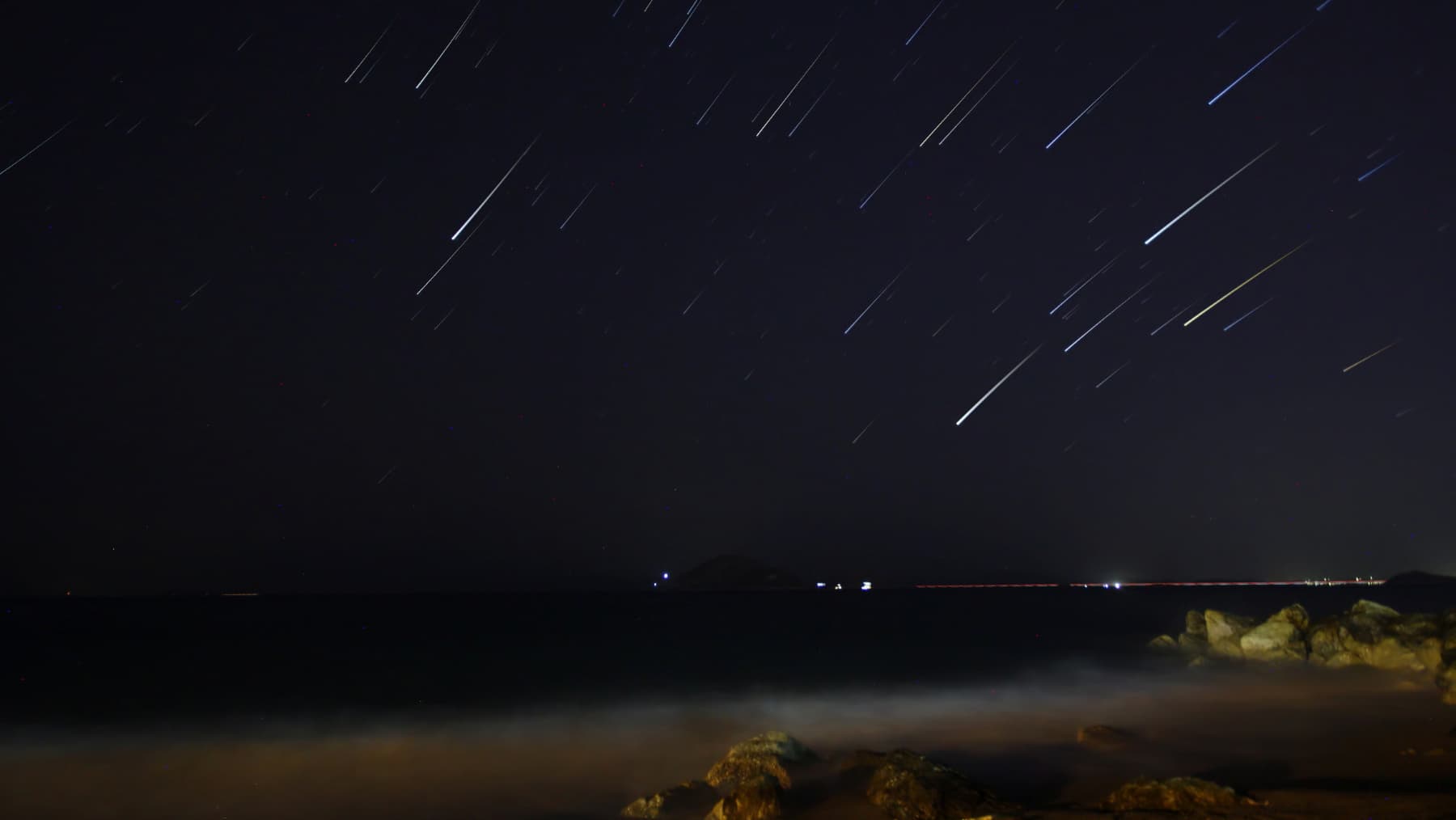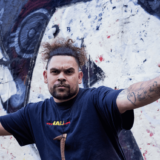- The annual Lyrid Meteor Shower will peak in the days after the Easter Long Weekend.
- Around 15 shooting stars will be visible per hours as the historic meteor shower carves the night sky.
- Some of Sydney’s best stargazing spots are expected to attract plenty of activity on Tuesday and Wednesday.
- READ MORE: Here’s where to play pickleball in Sydney.
As we wipe the chocolate smears from our faces and find errant scraps of Easter egg wrapping around the house, the tail-end of this Easter long weekend is best represented by the night sky. On Tuesday and Wednesday next week, Sydneysiders can look up to the clouds at night to see 15 shooting stars per hour as part of an astronomical spectacle that takes place each year, known as the Lyrid meteor shower.
The Lyrid meteor shower occurs each year in mid-to-late April, and this year, visibility should peak on Tuesday, April 22 and Wednesday, April 23. It’s always worth seeing as well, like a great F1 race in the sky as stars tear through at lightning speed.
When is the Lyrid meteor shower in Sydney?
Each year, the Lyrid meteor shower lasts for approximately two weeks in mid-to-late April. For 2025, astronomers are placing the shower between Wednesday, April 16 and Friday, April 24. The peak, as above, will be after midnight Tuesday, April 22 and during the early morning hours of Wednesday, April 23.
You can also use an online interactive map to keep track of the meteor shower so you can flex your neck at exactly the right moment.
What is the Lyrid meteor shower?
The Lyrid meteor shower is one of the world’s oldest and most recognised meteor showers. The first mention of the Lyrids actually appears in Chinese texts from when it was discovered in 687 BC. The texts describe the shower as “falling stars like rain,” nodding to the large density of shooting stars that occur over this two week period.
A very simple explanation of its origin is this: once a year the Earth slides through a dust trail left behind by the large comet Thatcher. This means tiny flecks of debris colliding with the earth’s surface, all of which disintegrate when they reach our atmosphere, creating streaks in the sky that look like shooting stars.
Where are the best places to watch the Lyrid meteor shower in Sydney?
As with all celestial events, the main thing you’ll want to do is get as far away from as much artificial lighting as possible. The more city lights that are visible, the less likely you’ll be able to see the shooting stars in the sky in vivid detail.
You’ll also need to be patient. It can take around 30 minutes for our eyes to properly adjust to the dark night sky and this process is disrupted by the blue light emanating from our phone. We suggest putting any and all screens down and enjoy for 30 minute window of peace as you do nothing but stare at the sky.
As with all meteor showers, these are best viewed around midnight when the moon has set, meaning its light will be less likely to interfere with the show. You’ll also want as few clouds as possible, which is why heading to spots outside of Sydney is recommended.
A good idea is to download the Sky Map app to monitor conditions and ensure you’re well-placed for the meteor show. You’ll want to pay attention to the best stargazing spots in and around Sydney.
The Blue Mountains is generally your best bet. Amateur astronomers love to head out to Springwood Lookout, the entry for which is along Boomerang Road. You can also head down to Martin’s Lookout, which is located at the end of Farm Road.
If you want to stick closer to the city, you could take your chances at Badu Mangroves Bird Refuge, one of Sydney’s best-kept secrets and a wetland area just a short drive from Rhodes. Just make sure to be around from as much light (including street lights) as possible. Use a torch to find your way, and then turn it off and give your eyes around 15 minutes to adjust to the darkness.
Best places to stargaze in Sydney
1. Sydney Observatory
Anyone trying to stargaze or view a full moon in Sydney are advised to get away far away from the bright lights of Sydney CBD as possible. It goes against instinct, but you can also climb up to Sydney Observatory in The Rocks.
The only lights that do matter once you’re staring through the oldest working telescope in Australia are the ones in the night sky. So this is a great way to have full control over your scope of the pocky Harvest Moon when it rises on September 18.
The downside here is that you’ll have to contend with all the other sky nerds looking for the best view of the supermoon. There’s only so much historic equipment to go around.
Address: 1003 Upper Fort St, Millers Point NSW 2000
2. Mangrove Mountain
If you really take your stargazing seriously, you’ll need to travel about one hour and a half outside of Sydney CBD to a place called Mangrove Mountain. This spot is located inland from the Central Coast near Peats Ridge.
You’ll typically find Sydneysiders from niche “astro societies” out there. It’s a secret stargazing spot amongst many enthusiasts so just be prepared to get a few glowering looks once they sniff out a tourist.
Address: Waratah Rd, Mangrove Mountain NSW 2250
3. Linden Observatory
Suitable, accessible sites for astrology are shrinking as more environmental conditions start encroaching on dark sky spaces. The Blue Mountains used to be full of incredible stargazing spots. Now there’s only a few. If you’re heading out to the Blue Mountains, your best bet is the area in and around Linden Observatory.
Katoomba was once the best stargazing spot in Sydney but amateur astrologists have been sticking to Liden lately. It’s become such a haven for night viewing that local astronomy groups are currently working with the Blue Mountains City Council to establish a Dark Sky Park there.
It’s also just a great place to keep in mind the next time a Sydney meteor shower comes around.
Address: 105 Glossop Rd, Linden NSW 2778
4. Ku-ring-gai Chase National Park
A nice middle-ground is Mount Ku-ring-gai. It’s only a 45-minute drive outside of Sydney CBD, making this one of the closest stargazing spots to the city.
Park your car and head to the football park on the edge of Ku-ring-gai Chase National Park. This is generally where you’re going to get the best, uninterrupted view so you’ll find a lot of photographers snapping set up on the oval.
Address: 688 Ku-ring-gai Chase Road, Mount Colah, NSW 2079
5. Bondi Beach
If completely accuracy doesn’t concern you, then it’s completely fine to stick close to the city. And if you’re doing it for the ‘Gram, you’ll want a great backdrop to accompany your best amatuer moon shot.
It doesn’t get much better than Bondi Beach, which will have a fantastic view of the moon rising over the water and hopefully a few shooting stars to boot.
Address: Queen Elizabeth Dr. Bondi Beach New South Wales 2026
Feature image: Unsplashed
Read More
- These are the most popular ANZAC Day dawn services in Sydney
- Here’s where you can play 2-Up on ANZAC Day
- Felons Manly is planning special beers for ANZAC Day







